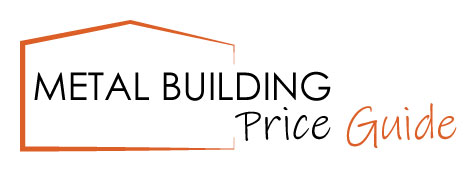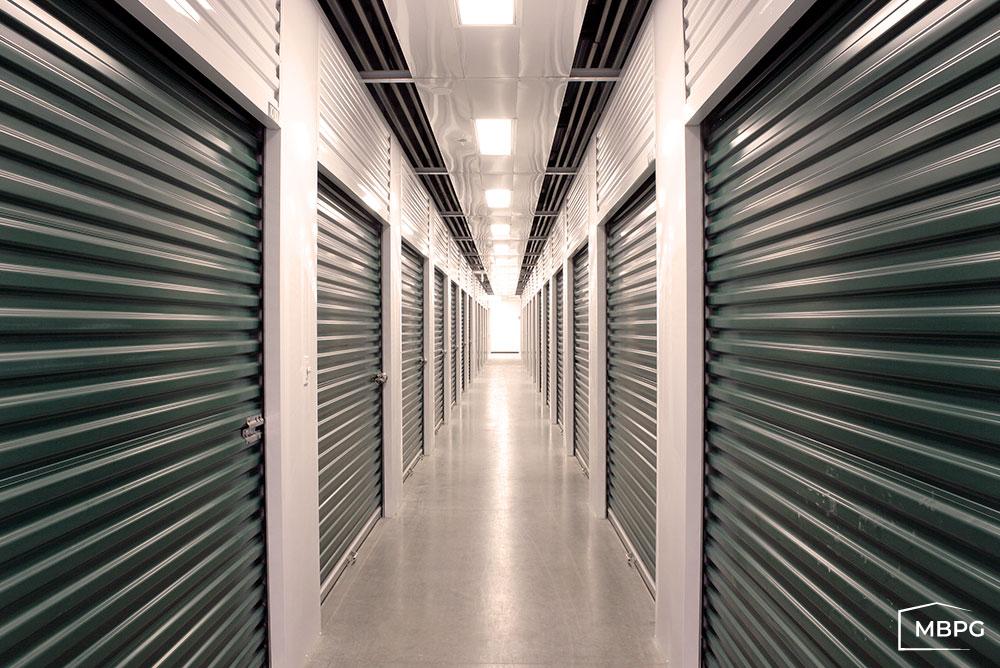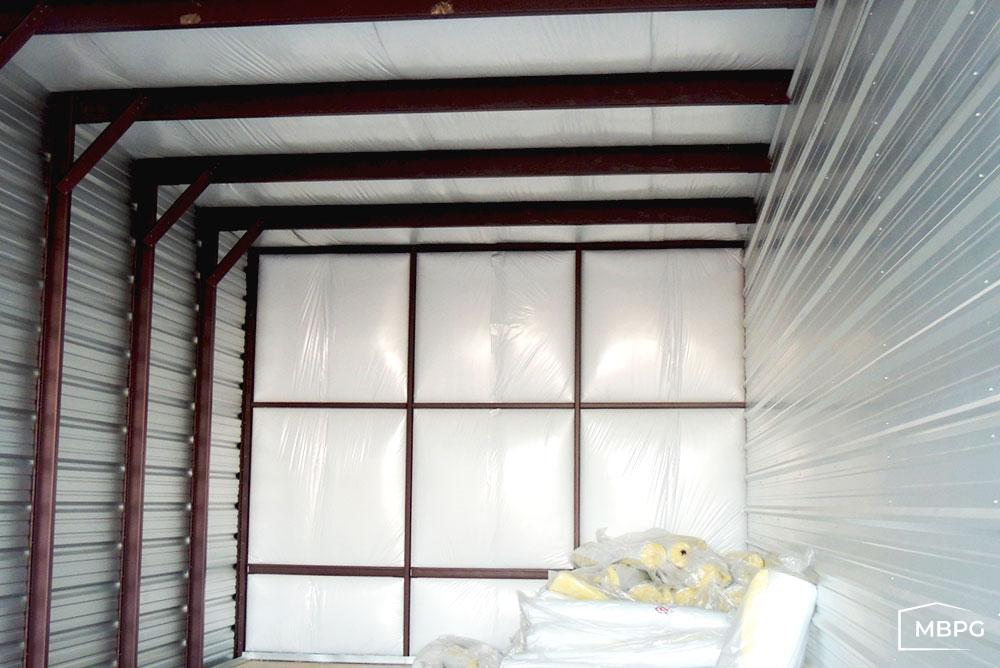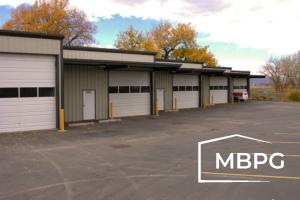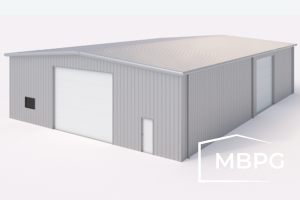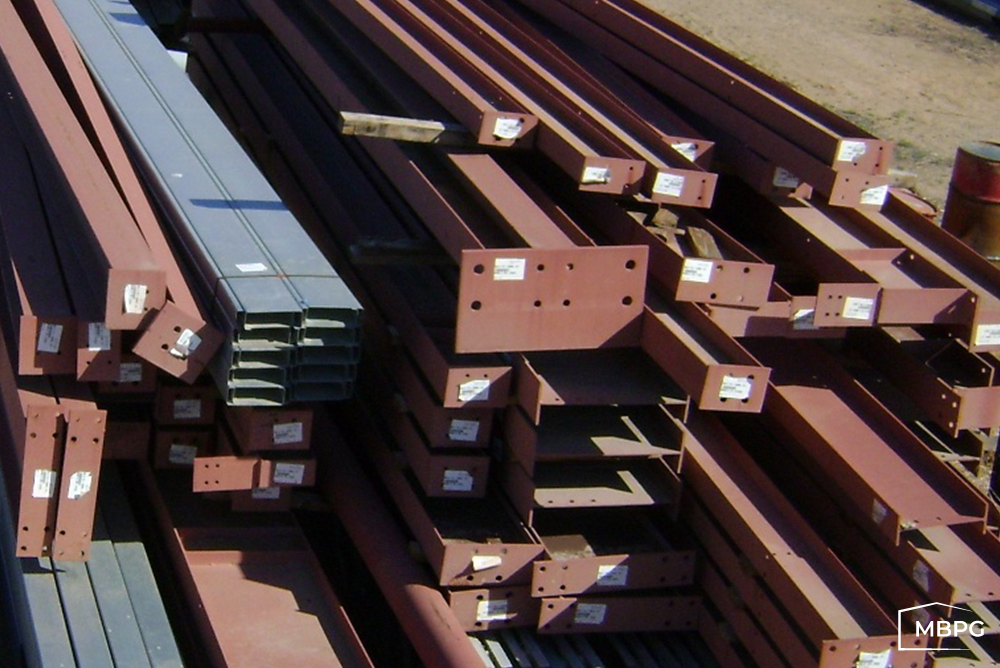The Benefits of Climate Controlled Indoor Storage Units
There are many regions of the country where there is either high humidity and/or extremely fluctuating temperatures which impact interior storage areas. In these types of regions, the threat of mold growth can thrive on such storage items as electronics, appliances, furniture, paper goods/collections and much more. Temperature and humidity build-up within a small storage unit can be a grievous foe. Typically, the climate-controlled storage units are interior, indoor units, further helping to regulate moisture and outside temperatures.
Major Advantages Include
- Temperature Control
- Protects Against Moisture
- Cost-Effective
- Low-Maintenance
As an investor, one of the most crucial decisions to make in your storage unit development is between an indoor, climate-controlled structure and one with simple outdoor access. In weighing your options, the revenue generated from a climate-controlled storage building is worth the investment. These type of structures are extremely advantageous in areas with high property values or limited erecting space. Climate-controlled buildings allow for more rentable square footage, more units overall, and higher rent rates. Additionally, they often provide an advantage over area competitors who do not have such options. Isles within climate-controlled units are typically 5 feet wide versus 20 feet isle widths for outdoor units. Storage units in snow regions require snow removal. However, an indoor unit avoids this issue all together be granting indoor access.
Climate-controlled storage units are decidedly the path of storage facilities for the future. The benefit of obtaining a climate-controlled storage unit speaks for itself. The only exception to this rule might be in the case of a very, short-term storage situation where the cost might outweigh the benefits. However, even in the short-term, in environments where high humidity exists, indoor climate control becomes mandatory as mold exposure can be a dangerous health risk to anyone.
Energy Costs
Several modern developments use geo thermal underground heating tubes with circulating pumps or solar panels to minimize the utility company’s energy use. Energy consumption and related costs really adds up in a facility. There are also insulation options to maximize your building’s energy performance. The insulation in a climate-controlled building will aid in temperature regulation along with minimizing the overall wear and tear of your mechanical systems. Always remember that for every $100 per month extra you bring in results to $24,000 over (20) years!
Climate-controlled storage units have become a norm for long-term storage needs. A climate-controlled storage unit means the inside building environment is regulated by adding heat in colder conditions, cooling in extreme hot conditions and moisture control in the higher humidity conditions such as Southern, Eastern, and Coastal regions. The moisture in these conditions is kept around 50% and the indoor temperature ranges from 55 to 85 degrees Fahrenheit. These are the standard for the storage facility industry and by limiting moisture and temperature; goods of all sorts are protected from damages.
The majority of storage facilities currently offer the amenity of climate-controlled storage units. From the perspective of the storage unit facility owner, this means a higher premium on these types of units. This higher investment calibrates to a higher bonus to owners. Storage buildings can be designed in a variety of manners to allow duct-work to circulate throughout; protecting valuable storage items and for the discerning customer, this is a must. Sunward Steel provides a variety of customization options that make your climate-controlled storage unit a feasible, and lucrative investment option.
